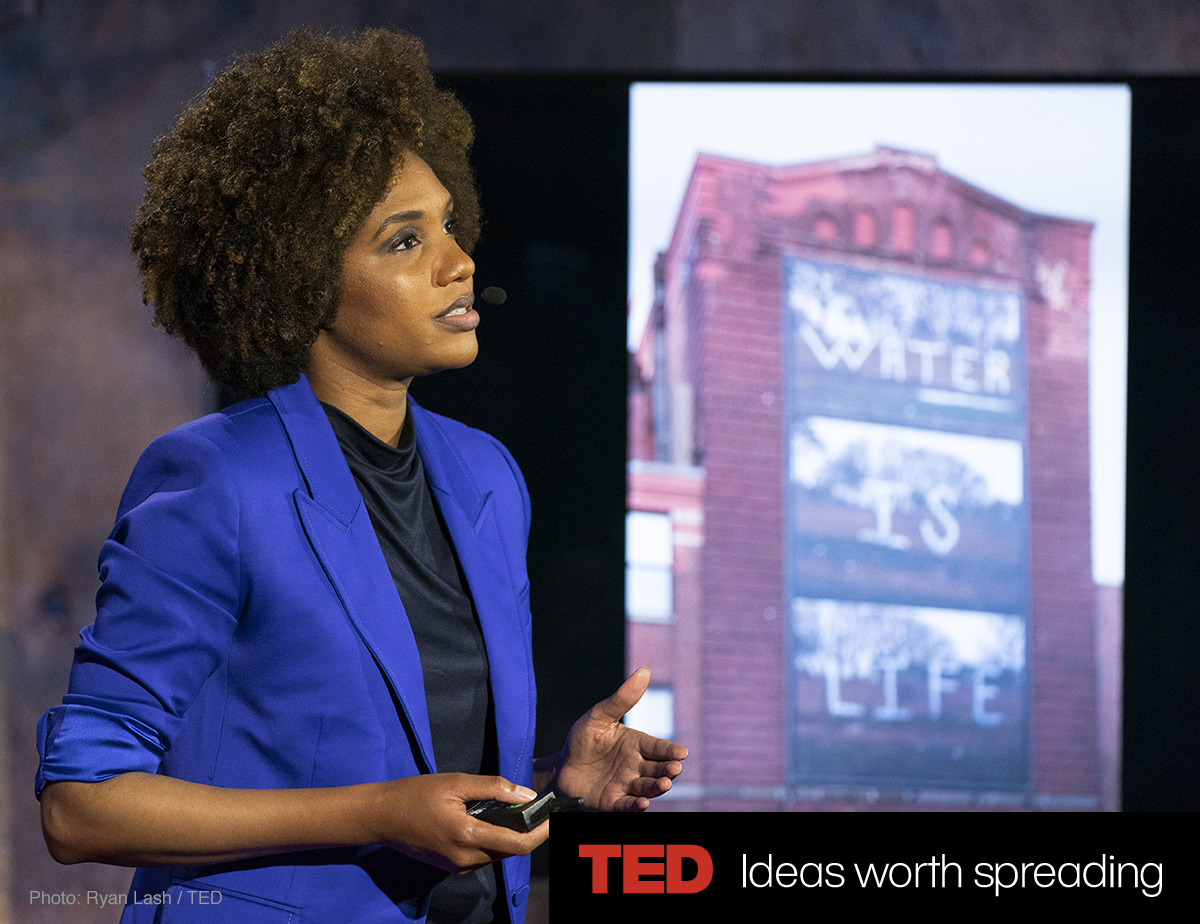58th Carnegie International announces artists
Trib Live
By JoAnne Klimovich Harrop
“Good morning.”
It’s a saying we probably hear daily, but everyone’s “morning” might not be the same.
The better question might be “Is it morning for you yet?” a Mayan Kaqchikel expression that is the title of the 58th Carnegie International. Kaqchikel is a language spoken in Guatemala.
The exhibit acknowledges that human beings’ internal clocks and experiences are different. When it’s morning for some, it might still be night for others, according to a conversation with Guatemalan artist Édgar Calel.
He will be one of the 150 creatives who will present a new commission for the show that opens Sept. 24. It runs through April 2 at the Carnegie Museum of Art in Oakland.

Many participating artists will showcase multiple works — some historical pieces from the collections of international institutions, estates and artists. There will also be new commissions and recent works by contemporary artists.
“There is a definite aspect of this exhibit that is about time, which is something we all share,” said Sohrab Mohebbi, the Kathe and Jim Patrinos Curator of the 58th Carnegie International. “We could be on the same clock in different ways. We have our individual time, but we also have our common time together.”
Mohebbi collaborated with associate curator Ryan Inouye, curatorial assistant Talia Heiman and a team of experts to select pieces that span from 1945 to the present. This will be the first time many of the artists will be showing their work in the U.S.
Established in 1896, the Carnegie International is the longest-running North American exhibition of international art. Organized every three to four years, the event presents an overview of how art and artists respond to the critical questions of our time.
“It’s about solidarity, while each piece is unique, in one exhibit,” Mohebbi said. “These work well together while at the same time, the works are disobedient. How can we make one exhibit that has structure that incites the arts and let the work do what it does best — question our beliefs and expand how we think about the world.”
Mohebbi said art is a form of resistance and survival. He said the exhibition is unique for Pittsburgh, which keeps the history of contemporary art and its tradition alive.
“This is a great treasure with great traditions to be acknowledged,” Mohebbi said. “I invite the city to join us and experience some of the public programs we will be offering to run concurrently with the show.”
Courtesy of: Trib Live

